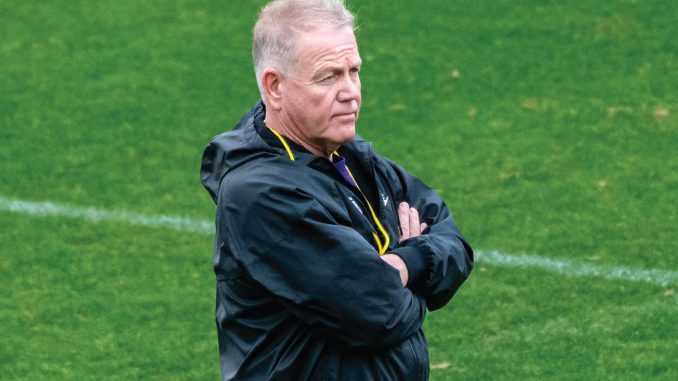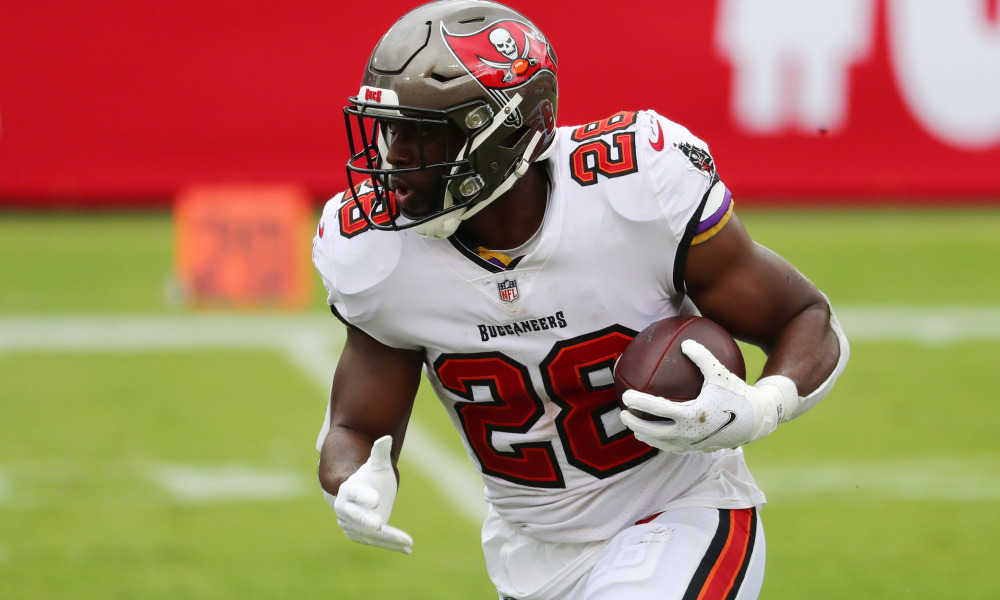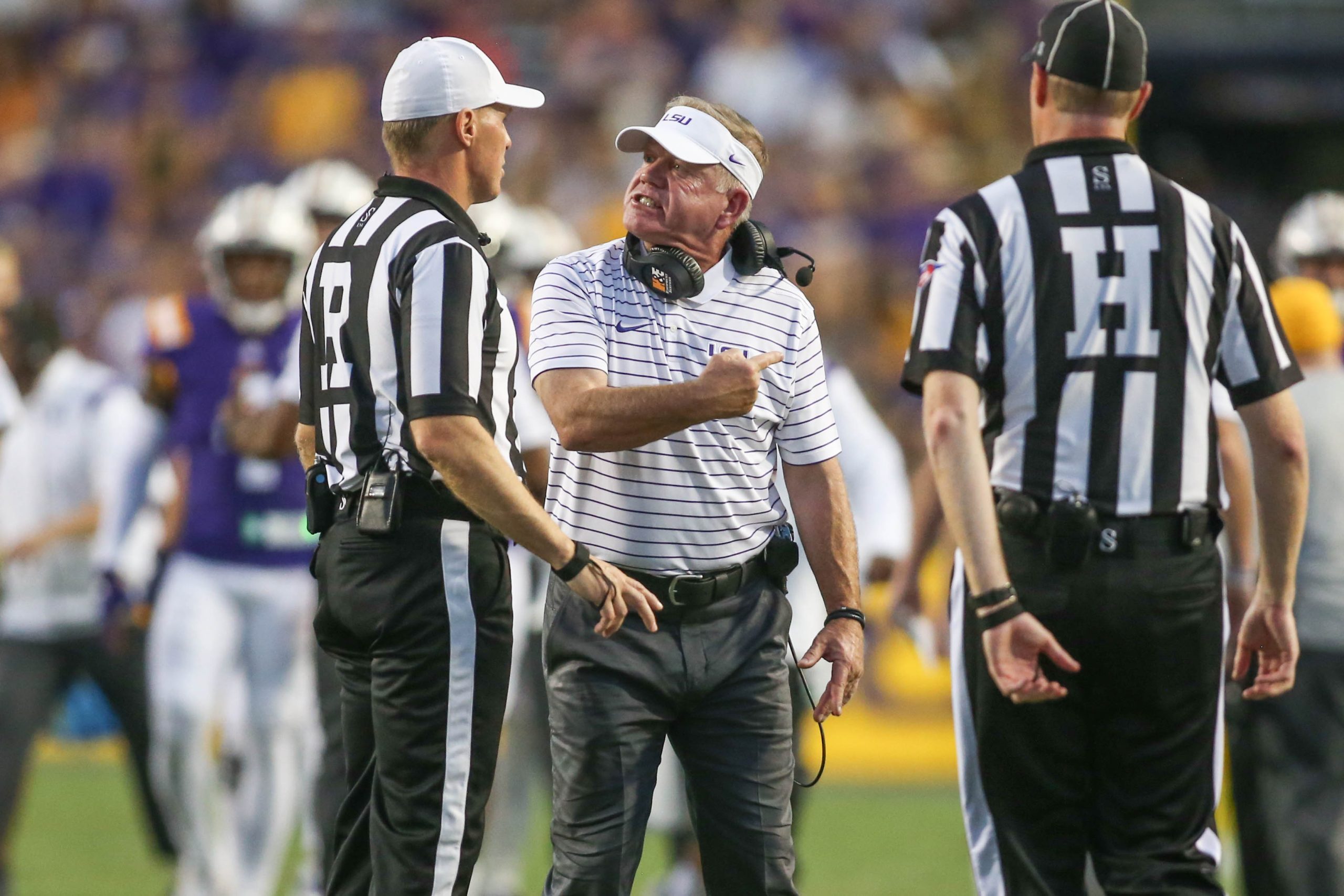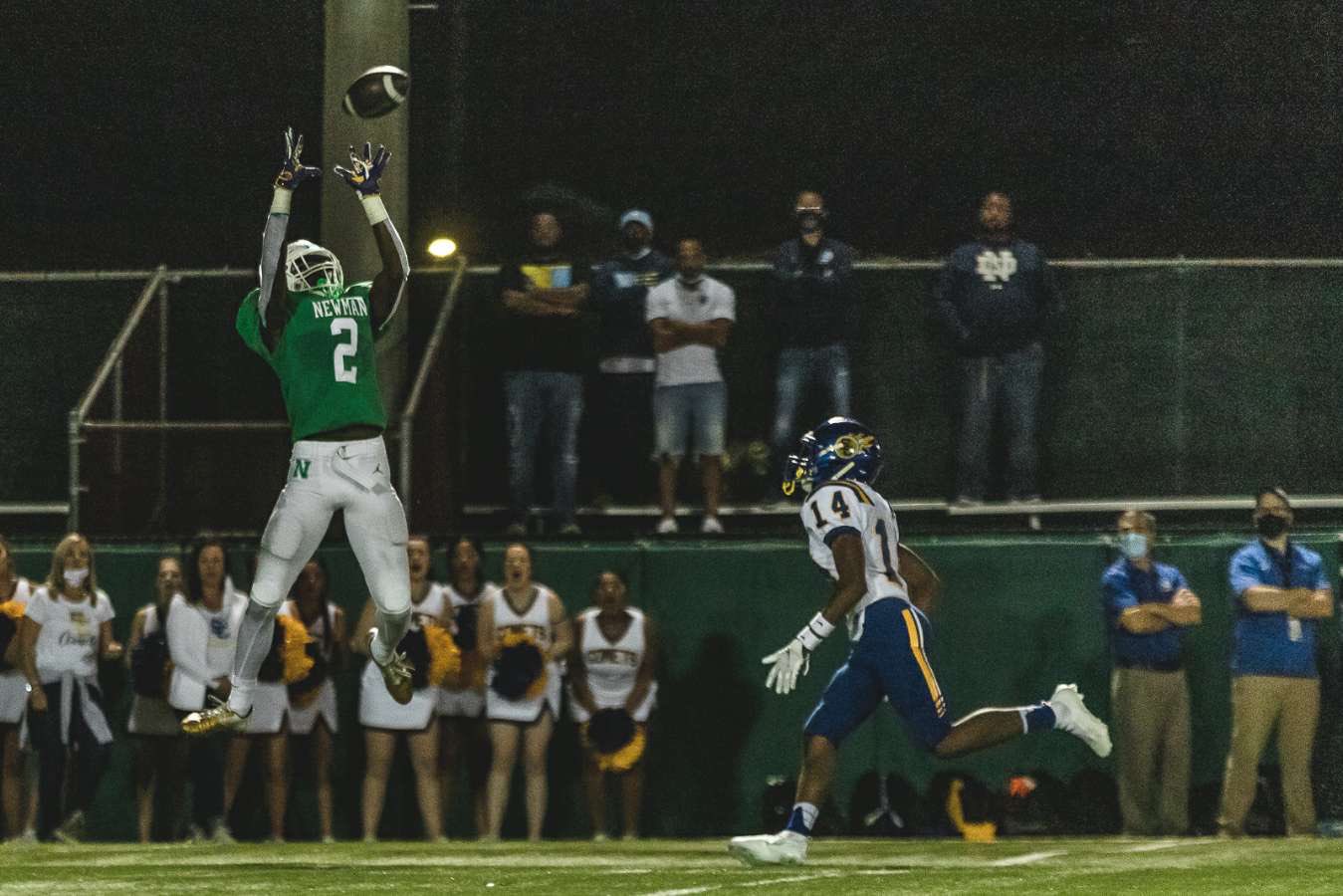
Joe Gallinaro – Baton Rouge / louisianaradionetwork.com
A new era of college athletics begins, as revenue sharing launches across the nation today. Schools can now pay up to $20.5 million of athletics revenue directly to athletes. The Advocate’s Wilson Alexander, appearing on Tiger Rag Radio, says LSU will spend around 75% of that on football, 15% on men’s basketball and 5% on women’s basketball. That leaves a small percentage for some of LSU’s other marquee sports like baseball, gymnastics and track and field, but Alexander says officials plan on paying every sport and finding other NIL opportunities.
“We have seen LSU be successful in helping market its athletes, to help those athletes get the sort of third-party NIL deals that are now, they think, expected to be the backbone of what you are able to do in terms of an NIL package for an athlete,” Alexander said.
The expense from revenue sharing will leave LSU’s typically profitable athletics department in a projected $8 million deficit this fiscal year. Alexander says the administration intends to focus less on cutting expenses and more on increasing revenue through sponsorships like corporate logos that will be coming to Tiger Stadium this season. Alexander says they hope to have a balanced budget by 2027.
“Because of things like, yes, this advertisement, if the NCAA starts allowing jersey patches, LSU is going to act quickly to put those on every single uniform on campus. And that is something else that Clay Harris (LSU Deputy Director of Athletics for Revenue Generation) said would generate multiple millions of dollars a year,” Alexander said.
The NCAA will police revenue sharing cap limits with the new College Sports Commission. NIL deals over $600 will also be reviewed by the NIL Go board to determine whether they serve a valid business purpose and fall within a reasonable range of compensation. LSU has been outspent by its competitors so far in the NIL era; but with the shift away from collective-based bargaining, Alexander says officials believe the Tigers can offer just as much as other schools.
“LSU is in a great position here moving forward, because if they are able to go and set up these third-party NIL deals like they anticipate, then they will be able to make sure players are getting the kind of money that attracts them to these top programs these days,” Alexander said.
LSU spent $5.5 million out of its Bayou Collective on the football roster last year, compared to Ole Miss’ over $10 million investment and Ohio State’s near $20 million payout.




Be the first to comment